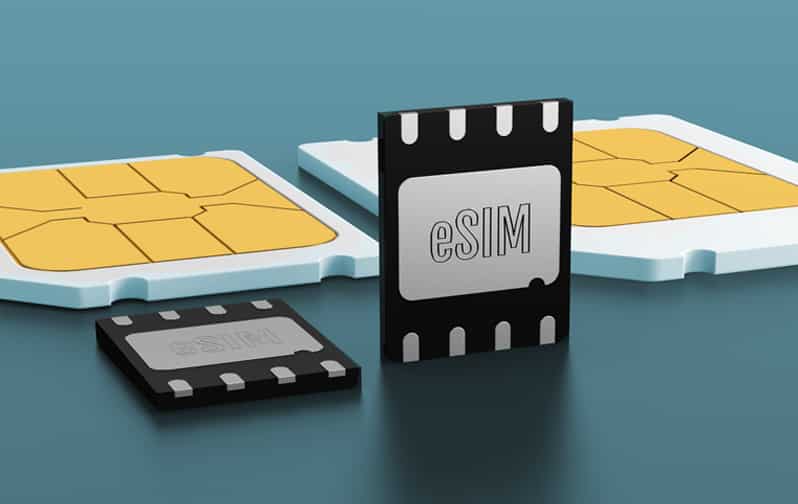eSIM is short for embedded SIM, and is a SIM card that is soldered directly into the device, and cannot be removed. Traditionally you’ll know that SIM cards come in many form factors such as mini SIMs, micro SIMs and nano SIMs. Devices have also adapted, offering solutions such as dual SIM and innovative data plans with Wi Fi solutions. All of these types need to be physically placed into a device, and can be removed if the customer would like to switch connectivity provider for example. Think about your mobile phone, and how you can easily be sent a new SIM card from a different operator if your current mobile operator isn’t cutting it in terms of performance, customer support or availability.
In contrast, instead of a physical SIM card, an eSIM cannot be taken out of the device, as it fits directly onto the circuit board.





